
Admob sent out a request to companies last year asking them to submit their success stories with Admob. I told my story about how successful Cherry Chaser had been and was selected to be a featured study. This involved a phone call to the Admob team at Google's campus in Mountain View, California last year where we chatted about how I'd used AdMob to monetise my games.
The result is the case study featured on the AdMob web site:
http://www.google.com/ads/admob/success.html
The PDF file of the case study can also be viewed directly with the link below.
| admob-exobyte.pdf |

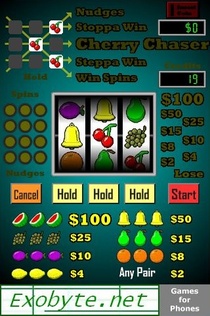
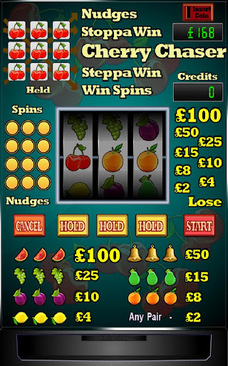
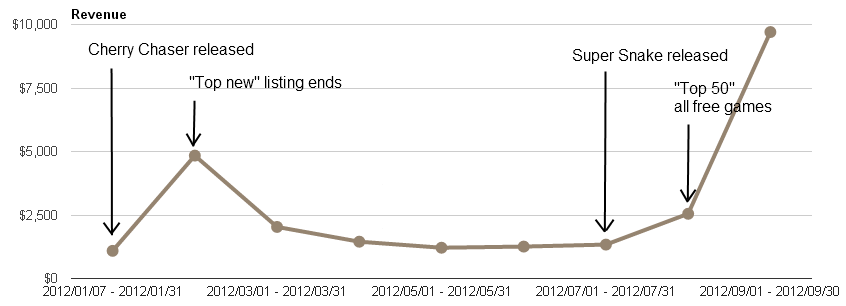
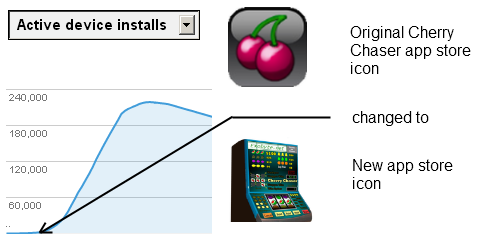
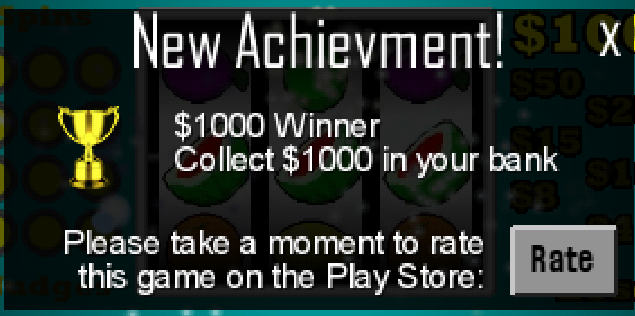


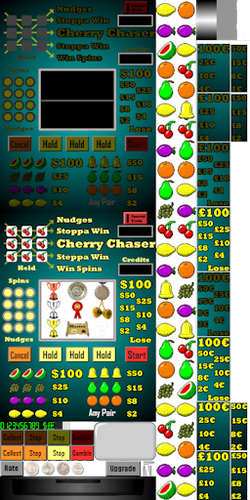
 RSS Feed
RSS Feed